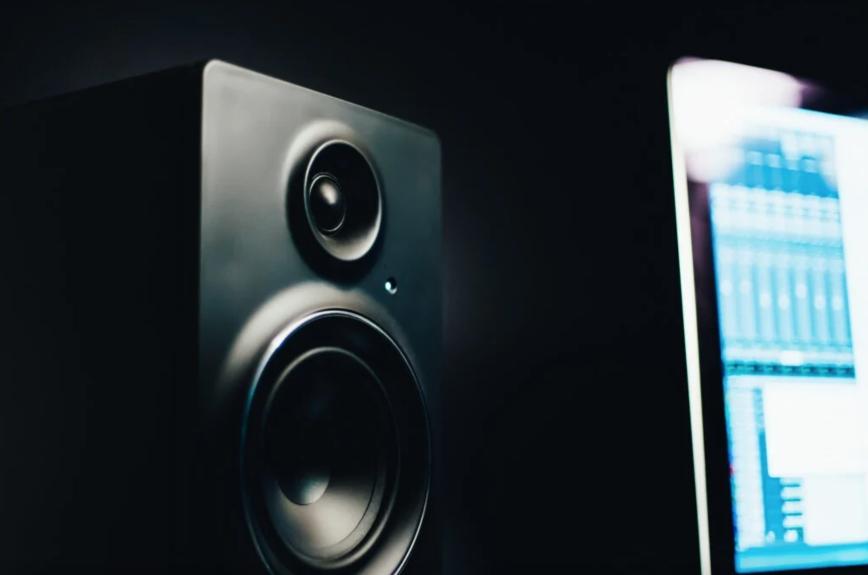Have you ever wondered why your music sounds different when played on various speakers? For DJs and music producers, the clarity and fidelity of sound are not just preferences; they’re essential. This makes an intriguing comparison: monitor speakers vs. regular speakers. Both serve distinct purposes in the world of sound. Whether you’re laying down tracks in the studio or getting the crowd moving, the choice of speakers can make or break your audio experience. Let’s dive into what sets these two contenders apart and why it matters to you.
The Purpose of Monitor Speakers and Regular Speakers
Studio monitors are the unsung heroes of music production, designed for critical listening, mixing, and mastering. They provide a flat frequency response, ensuring the sound is reproduced accurately without any enhancements or coloration. This transparency is crucial for making precise adjustments to your mix, ensuring it sounds good on any playback system.
Contrastingly, regular speakers aim to please the ear. They often enhance certain frequencies to make music sound more appealing right out of the box. While this might be great for casual listening, it can be misleading during the production process, masking flaws in the recording that need to be addressed.
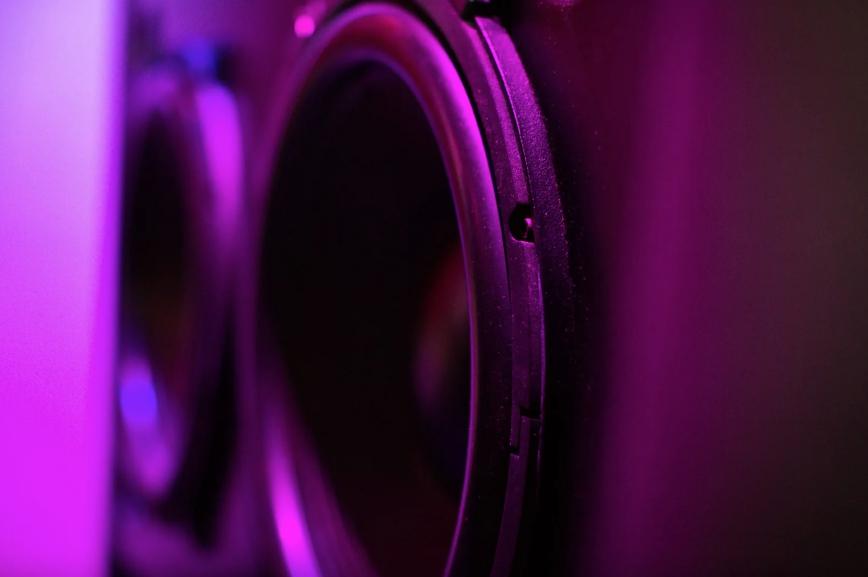
What Are Monitor Speakers?
Studio monitors are like the trustworthy friends of music production, giving you the real scoop on how your music sounds. They aim for what’s called a flat response, which means they play back the sound exactly as it is without adding any spice or taking anything away. Imagine capturing the essence of your favorite synth or the raw emotion in a vocal take and hearing it back with absolute clarity—that’s what studio monitors are all about.
The journey from sound capture to playback is fascinating. Whether it’s the twang of a guitar string captured by a mic or the deep grooves of a bass line direct from your synth, studio monitors strive to deliver that sound to your ears in its purest form. This fidelity is crucial because it shapes how you tweak and refine your music. It’s all about getting as close to the original vibe as possible, no matter where you are in the room.
Why does this matter so much? Well, in the world of music creation, the truth sets you free. Knowing exactly what your tracks sound like allows you to make the best decisions, ensuring your music feels good on any system. If your speakers are missing the mark on bass, you might overdo it trying to compensate, only to find it booms too much on a different system. That’s why accurate studio monitors are key—they let you hear the true sound of your music, helping you mix and master with confidence and ensuring your tracks sound just right, everywhere.
Types of Speakers and Audio Systems
At one end of this spectrum, studio monitors stand out for their unvarnished truth, presenting sound with rigorous honesty devoid of any embellishment. In contrast, regular speakers often cater to a more casual listening experience by enhancing and sweetening the audio, making it more pleasing to the average listener’s ear. So, When embarking on a journey through the diverse landscape of speakers and audio systems, one encounters a broad spectrum of choices, each tailored to different listening experiences.
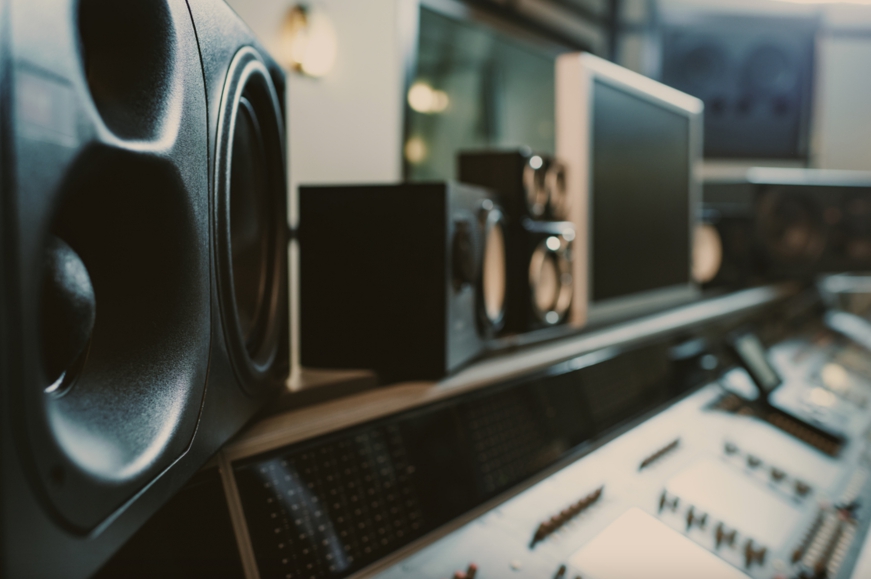
Active or Passive Speakers
Active speakers, also known as powered speakers, require a power source to operate, unlike their passive counterparts. The key distinction lies in active speakers having integrated amplifiers, eliminating the need for an external amp, unlike passive speakers, which require one. Typically, studio monitors are active for efficiency and accuracy, whereas many regular hi-fi speakers are passive, offering customization through amplifier pairing.
Consider two identical-looking speakers; both share similar components, like woofers for low to mid frequencies and tweeters for highs. Some models also include a midrange driver for even more detailed sound separation.
The concept of crossover is crucial, directing appropriate frequencies to each driver. Passive speakers use internal components to manage this after receiving a signal from an external amplifier. Active speakers, with their own amps for each driver, achieve a more precise crossover, resulting in clearer sound across all frequencies. However, this sophistication in active speakers comes at a higher cost.
While active speakers are preferred in studios for their precision, passive speakers offer the flexibility of combining different speakers and amplifiers, a feature particularly valued by hi-fi enthusiasts.
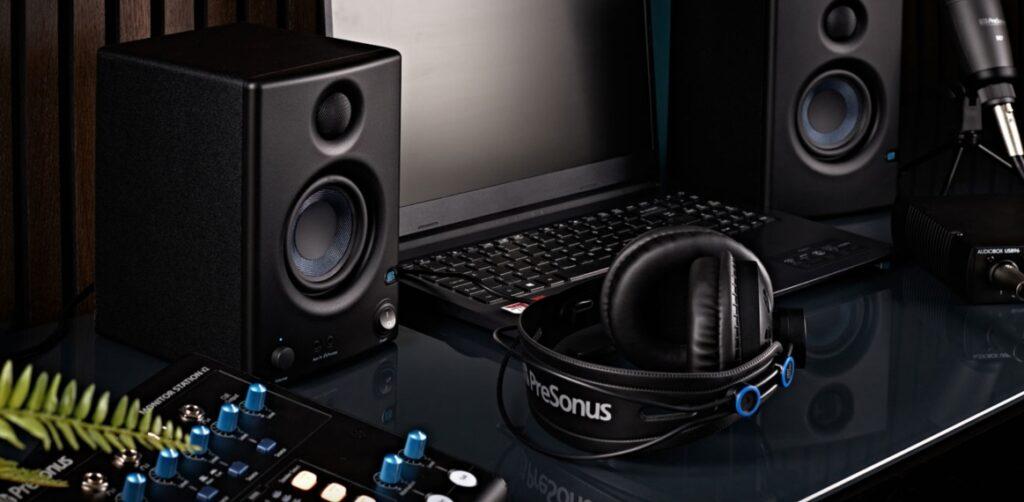
Nearfield, Midfield, and Farfield Speakers: What Is The Difference?
Diving deeper into studio equipment terminology, you’ll frequently encounter the term “nearfield monitors,” which refers to speakers positioned close to the listener for optimal sound clarity. To understand the positioning of different types of speakers, here are some guidelines:
- Nearfield Speakers: Positioned a few feet away from the listener
- Midfield Speakers: Placed a few meters away
- Farfield Speakers: Suitable for placement anywhere in the room, using common sense as a guide
While you might find midfield and farfield speakers, they’re less common in a home studio environment unless you’re working with a particularly large space. Most private setups focus on nearfield monitors, providing an immediate sound experience and minimizing room-induced reverberations and other acoustic challenges.
Non-directional and Directional Speakers
Directional implies a focused sound beam projecting from the monitor towards a specific area. Your listening experience will vary based on where you are situated in the room, a principle that holds true for directional monitors.
Directional studio monitors dominate the market, prompting careful attention to their placement to achieve the optimal listening experience or “sweet spot.” Exploring different positions within this sweet spot can reveal the profound impact on sound perception for those new to studio monitors.
Conversely, regular speakers often feature a non-directional design, aiming to envelop the room in sound. This approach ensures a uniform auditory experience across different listening positions, contributing to their ability to enhance overall sound quality regardless of listener location.

Regular Speakers vs. Studio Monitors: Key Points
Diving into the world of audio playback and various DJ equipment, it’s essential to distinguish between regular speakers and studio monitors, as each serves a unique purpose in how we experience sound. This exploration will highlight their functionalities and guide you in choosing the right tool for your listening or production needs.
Technical Differences
At the heart of the monitor speakers vs. regular speakers debate are their technical differences. Studio monitors often come in active (self-amplified) designs, eliminating the need for an external amplifier and ensuring a perfectly matched amp-speaker system for optimal sound quality. Regular speakers, especially those intended for home use, might be passive, requiring an external amplifier.
The frequency response of studio monitors is broad and flat, offering an accurate representation of the sound across all frequencies. Regular speakers might have a skewed frequency response to emphasize bass, treble, or midrange, creating a more engaging listening experience for non-professional settings.
Moreover, the precision in amplification within studio monitors is crucial for DJs and producers. It allows for a detailed understanding of how each element in a track behaves, which is indispensable for mixing and mastering.
Use Cases in DJing and Music Production
When it comes to DJing and music production, the choice between monitor speakers and regular speakers depends on the context. In the studio, where accuracy and detail are paramount, monitor speakers are indispensable. They enable DJs and producers to craft their mixes precisely, ensuring the sound translates well across various listening environments.
On the other hand, regular speakers might find their place in live performance settings or casual listening at home. They can give a DJ insight into how a track might sound in a live environment, where sound coloration can add to the listener’s experience.
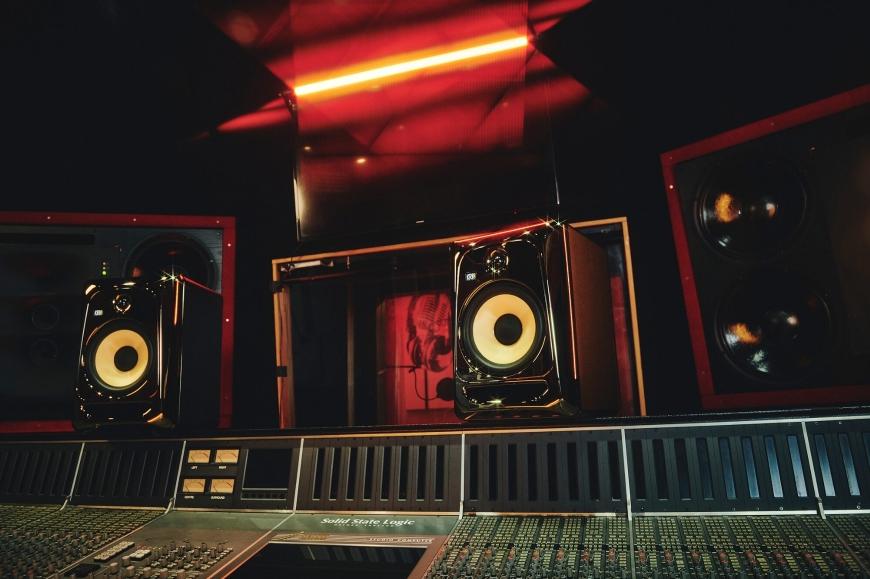
Making the Choice: Factors to Consider
Whether setting up a home studio, enhancing your listening space, or upgrading your professional audio gear, these insights will guide you toward making the perfect choice.
Room Size and Acoustic Treatment
Selecting the ideal speaker requires thoughtful consideration of your room’s dimensions. Studio monitors excel in environments where acoustic treatments have been applied to minimize sound reflections and absorption issues. The size and shape of the space directly influence the monitor’s ability to deliver accurate sound reproduction. It’s essential to match the monitor’s output and design with the room’s acoustic properties for optimal performance.
Listening Habits and Usage
The purpose behind the speaker’s choice significantly affects the decision-making process. Whether your focus lies on mixing tracks with precision or enjoying music casually, each requires monitors tailored to those specific needs. Mixing demands monitors that offer flat frequency response for unbiased sound evaluation, whereas casual listening might favor speakers that enhance certain frequencies for a more enjoyable listening experience.
Budget Considerations
Navigating through the options of studio monitors underscores the importance of a budget. Higher-quality monitors, known for their superior sound fidelity and durability, typically come at a premium. Investing in such equipment, however, pays dividends in sound quality enhancement and a more efficient music production process. Balancing cost with the desired level of audio performance and durability ensures a worthwhile investment in your audio setup.
Conclusion
Choosing between monitor speakers and regular speakers boils down to understanding your needs as a DJ or music enthusiast. While studio monitors offer the accuracy needed for professional audio work, regular speakers provide an enhanced listening experience suited for enjoyment. By considering your specific requirements, room size, and budget, you can select the right speakers to elevate your music production and DJing to the next level. Explore, experiment, and perhaps even test out speakers with tracks you know well to make the best choice for your sound journey.
Author
-

Hello, I’m Monica Blunder. As a fervent author and a DJ enthusiast, I’ve spent years immersed in the world of DJs and their music. My job here at EverybodyIsADJ.com is to keep you informed about the latest trends, tips, and news from the DJ community.

